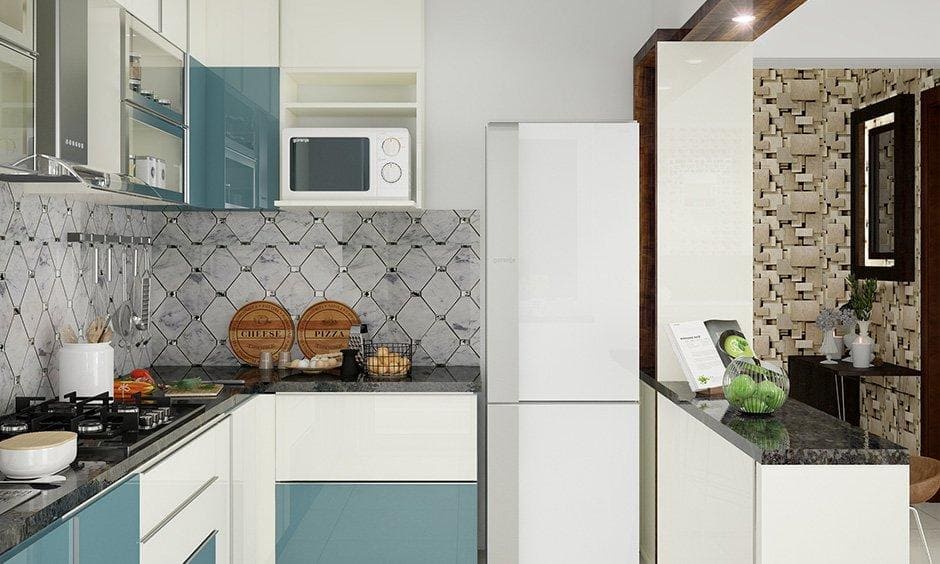In today’s world, smart home networks have become an integral part of our daily lives. With the growing number of devices connected to the internet, it’s crucial to understand how to effectively manage and troubleshoot these networks. In this guide, we’ll delve into the world of smart home networks and address common issues that users may encounter.
Before we dive into the specifics of troubleshooting smart home networks, it’s important to understand the basic components involved. A typical smart home network consists of various devices such as smart lights, thermostats, security cameras, and more, all connected to a central hub or router. This network allows for seamless communication and control of these devices, making our lives more convenient and efficient.

Understanding Smart Home Networks
Components of a Smart Home Network
A smart home network typically includes the following components:
- Router: The central hub that connects all devices to the internet.
- Smart Devices: Devices such as lights, cameras, and thermostats that are connected to the network.
- Network Protocols: Standards such as Wi-Fi, Zigbee, or Z-Wave that enable communication between devices.
Common Issues with Smart Home Networks
While smart home networks offer numerous benefits, they can also present certain challenges:
- Connectivity Issues: Devices may lose connection to the network, causing interruptions.
- Interference: Other electronic devices can interfere with the network signal.
- Security Concerns: Ensuring the network is secure from potential threats is crucial.
Steps to Troubleshoot Smart Home Networks
Check Network Connectivity
The first step in troubleshooting smart home networks is to check the network’s connectivity. Ensure that your router is working properly and that all devices are connected to the correct network. If a device is not connecting, try restarting it or resetting the network settings.
Address Interference Issues
Interference from other electronic devices can disrupt your smart home network. To address this, try moving devices away from potential sources of interference, such as microwave ovens or cordless phones. Additionally, consider using a different Wi-Fi channel to reduce interference.
Ensure Network Security
Securing your smart home network is essential to protect your data and devices. Use strong, unique passwords for your network and enable encryption protocols like WPA3. Regularly update your router’s firmware to patch any security vulnerabilities.
Advanced Troubleshooting Techniques
Use Network Diagnostic Tools
Several tools are available to help diagnose and fix network issues. Tools like Wireshark or Fing can provide insights into your network’s performance and identify potential problems. These tools can be particularly helpful for advanced users looking to optimize their smart home network.
Consult Device Manuals
If you’re experiencing issues with a specific device, consult the manufacturer’s manual for troubleshooting tips. Most manuals provide step-by-step instructions for resolving common issues and can be a valuable resource in your troubleshooting efforts.
FAQs
What should I do if my smart device won’t connect to the network?
First, ensure that your device is within range of the router and that the network is functioning correctly. If the issue persists, try restarting both the device and the router. Additionally, check for any firmware updates for the device.
How can I improve my network’s security?
To enhance your network’s security, use strong, unique passwords and enable encryption protocols like WPA3. Regularly update your router’s firmware and consider using a network firewall for added protection.
What can cause interference in my smart home network?
Common sources of interference include other electronic devices, such as microwave ovens and cordless phones. Additionally, physical barriers like walls can weaken the network signal. To reduce interference, try moving devices away from potential sources and using a different Wi-Fi channel.

Conclusion
In conclusion, effectively troubleshooting smart home networks involves understanding the components of the network, identifying common issues, and implementing solutions to address them. By following the steps outlined in this guide, you can ensure that your smart home network operates smoothly and efficiently, providing the convenience and benefits that these networks offer.
For more information on smart home automation, visit Smart Home Automation Ideas and Smart Home vs Traditional Home.





